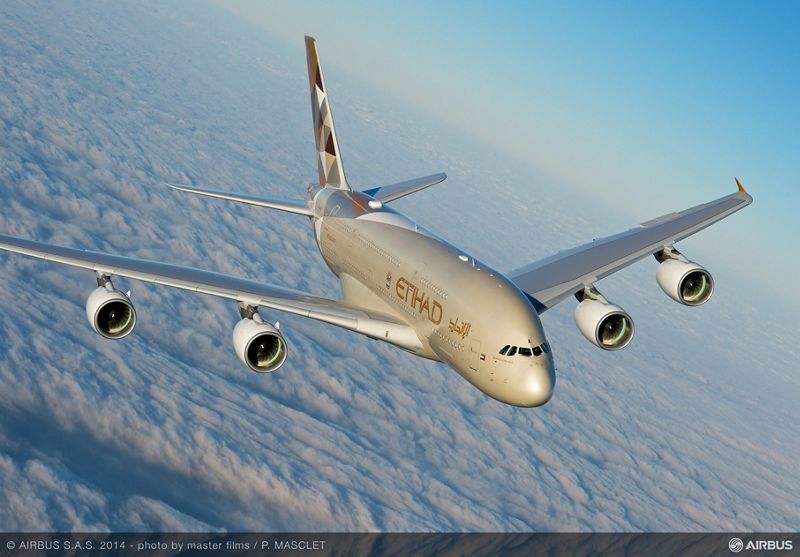Etihad Airways reduced its loss in 2017 but remained substantially in the red for the second year running.
Etihad Airways reduced its loss in 2017 but remained substantially in the red for the second year running. The Abu Dhabi-based carrier reported a loss of $1.52bn on core operations (vs. $1.95bn the previous year) on revenues of $6.1bn (+1.9%). The results for both years exclude extraordinary or one-off items.
For Etihad, 2017 was marked by significant fuel cost increases, the entry into administration of its equity partners Alitalia and airberlin, and initial investment in a comprehensive business transformation programme.
Passenger and cargo yields improved as a result of capacity discipline, changes to the network with an increased focus on point-to-point traffic, leveraging of technology, and improving market conditions.
The carrier managed to reduce unit costs by 7.3% despite the adverse impact of $337m from higher fuel prices. Administration and general expenses were down 14% compared with 2016.
Etihad carried 18.6m passengers at a 78.5% load factor, as available seat kilometres (ASKs) increased 1%, reflecting a significant moderation of capacity growth.
Etihad Airways' new CEO, Peter Baumgartner, said the key to future performance lay in “continued investment in skilled professionals, technology and digital innovation”.
The airline received twelve new aircraft in 2017, including two Airbus A380s, nine Boeing 787-9 Dreamliners, and an Airbus A330F. These aircraft replaced 16 older Airbus A340, A330, A319 passenger and A330F cargo aircraft, which exited operations, thereby reducing the average fleet age to just six years.
It has been widely reported that the carrier is currently reviewing its orders for Boeing and Airbus aircraft, with a view to cancelling or deferring deliveries.

